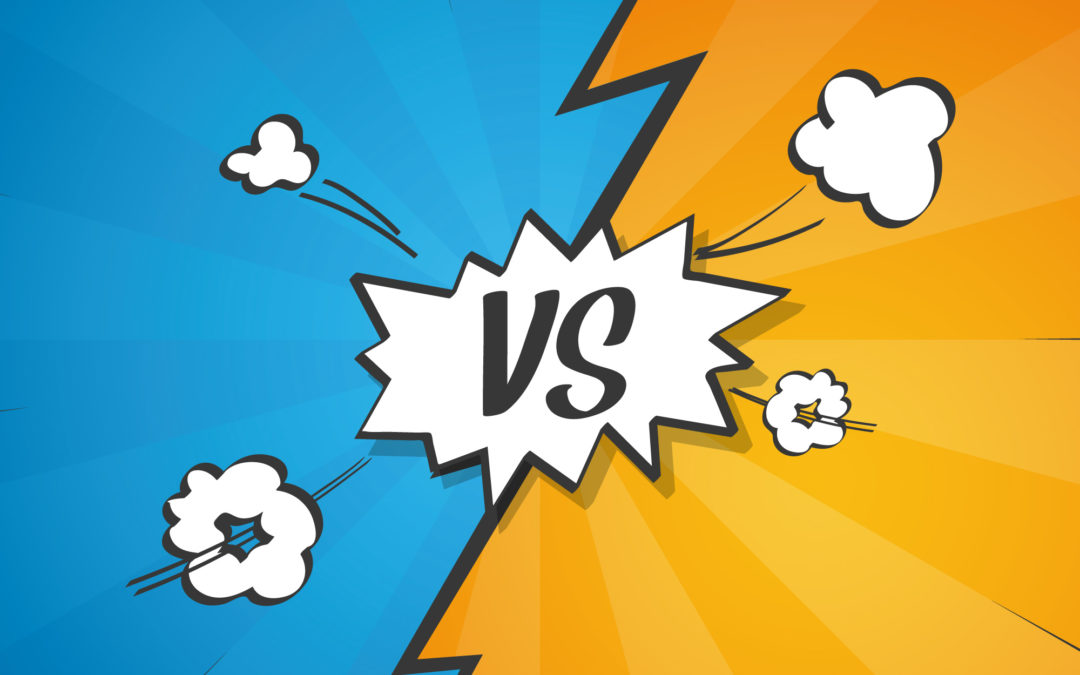
by rameshkumarramachandran | Apr 16, 2020 | General
Me being a fitness freak, as you all know, once in a blue moon, my sweet tooth pops out and longs to eat my favorite dessert “Kesari” – Semolina cake. So, I ventured into the kitchen to prepare it all by myself.
With all the right ingredients and following the procedure to the T, the dessert was ready and smelling great. For a moment, I was on cloud nine to celebrate the success thinking that I got the desired output.
However, I missed the taste by a mile. It was a disappointment. The outcome was not what I had expected.
While I ponder over this to find out what went wrong, take a look at your outcome vs output
Understanding Outcome and Output
An output is an end result of an activity. It doesn’t address the value or impact it creates for your customer. On the other hand, an outcome is an achievement that occurred because of the undertaken activity. Outcomes quantify performance and assess the success of the process.
A simple way to look at it is that outcomes are the results, and outputs are the activities that support the desired results. For example, ‘increased customer satisfaction’ is a typical business outcome. An output that can help achieve this might be a quick turnaround time.
Outcomes are what businesses want and need. It is both quantitative and qualitative. Not only do outcomes reflect results, but they also reflect the experience and perception between the organization and those it serves.
Move towards what matters most- Achieve outcome by delivering outputs
It is easy to report and validate output as it is quantitative. However, outcomes are challenging. To a large extent, it depends on the perception of the people who would receive this service. And, perceptions are not easy to measure but it is essential to do so.
I have seen an organization generate reports and the dashboard that looked glossy and green. However, when they delved deeper, the customer was not happy with the service.
I am certainly not suggesting that you no longer need to report on the achievement of outputs. Instead, organizations should identify the outcome. Then, review outputs to ensure that they bring in their desired business outcome.
Aim for 99% customer satisfaction by reducing turnaround time by 20 mins.
Great organizations manage the outcome. So, look at what you offer – Are you preparing a dessert that pleases by look and smell or delivers a tasty one that brings smiles in your family?

by rameshkumarramachandran | Apr 3, 2020 | Sales
The sales team needs battle cards. They are a staple in most B2B sales teams. And they serve one purpose: To help sales reps convince prospects to pick your product over the competition.
In a competitive world full of smart and hard-working people, what sets you apart from this competition stays forever in the minds of your customers and helps you grow in business. To prove a point to close a deal in business, the Sales has to come up with new ideas and tools and win the battle against competition. One such critical tool in the sales arsenal in this never-ending battle is the Battlecard.
What is a Sales Battlecard?
Battlecards are short, sales-ready documents that provide a deeper understanding of a specific
competitor’s marketing strategy, key sales messages, product information and tactical value propositions to use when selling against your competitors. It provides your sales team with a competitive displacement “cheat sheet”. They break down the necessary information effectively and efficiently.
Why does the sales team need battle cards?
Battlecard is the tool that’ll help you convince prospects to pick you over the competition. It arms you
with specific information that can help combat buyer’s objection. In simple terms, when sales reps have stats, figures, and other specific, substantive information to point to while combating potential
customers’ objections, it’s more likely that they’ll be able to close deals.
Who creates Battle Cards?
The onus is on the marketing team in your organization to create the Battlecards. However, it is not an
easy task to create this all alone without inputs from various stakeholders. Product Managers, Pre-sales, Business development, and to some extent, customer support should share responsibility with the Marketers to create such battle cards.
As an end-user, you are expected to share feedback with Marketing team constantly so as to keep
sharpening this battle card to enable the sales to face the battle with great confidence.
Final Thoughts
New competitors prop-up quite often and existing competitors change their products or offers. Your
battle cards will need to change as and when competition changes. So, you should be continually
sharing feedback on what’s working (and what isn’t) and updating your sales battle cards accordingly. It is a live document that should be evaluated regularly to ensure that it’s a relevant and useful tool for your sales team.
At the end of the day, the sales battle card needs to work.
Easily said than done. It is not an easy task to create a strong battle card. I have shared my thoughts on what, why, and who about the battle card. With respect to how to develop a battle card, I recommend this article by ForteConsultancy


